Putting it all on top isn’t right in all cases because not all fertilizer is created equal; some of it also needs to go underground
Broadcasting fertilizer and then harrowing it into the soil before seeding was once a standard practice on parts of the Prairies. This system worked relatively well, but after the rise of conservation tillage practices subsequent nutrient management studies found deep banding to be more efficient for most plant nutrients when it comes to crop uptake […] Read moreStories by Robin Booker
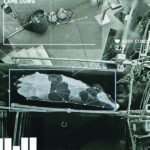
Electronic eye keeps watch for lame cattle
Tracking cattle can be complicated, but a trained eye and the right algorithm can keep producers in touch with their barns
A startup based out of Belfast, Northern Ireland, developed a low cost and hands-free technology that enables dairy operators to monitor their cattle. CattleEye uses data from just about any affordable camera to run through its cattle identification and health-monitoring system. “We build a number of neural networks, artificial intelligence networks, to take 2D security […] Read more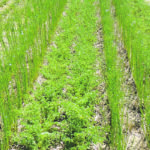
Chickpea and flax intercrop paired-rows
Intercropping done well can give both crops an advantage, provided they have just enough space to do their work
Ascochyta rabiei had resistance to strobilurins, a key management chemistry, at every site in a recent survey of the disease across the prairie chickpea growing region. Michelle Hubbard, a research scientist at Agriculture Canada who led the survey, said the efficacy of fungicides against ascochyta is waning. “There’s issues both with fungicide resistance and with […] Read more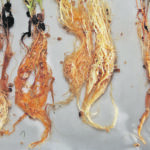
Everybody needs wild relatives
Plant breeders can’t always find the disease resistance in tame populations, so they look further afield
Wild relatives of agricultural crops have powerful genes that crop researchers can use to help cultivated varieties adapt to an ever-changing environment. Kirstin Bett, of the College of Agriculture and Bioresources at the University of Saskatchewan, said disease resistance is a useful trait common in wild relatives of domestic crops that researchers might be able […] Read more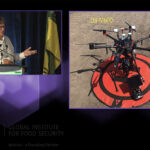
Lentil herbicide sensitivity examined by UAV sensors
An eye in the sky helps understand compounding corruption on the ground when it comes to multiple issues occuring
A master’s student at the University of Saskatchewan developed a study to see if images from an unmanned aerial vehicle can be used to phenotype the phytotoxicity of lentil varieties. Phytotoxicity is a toxic effect by a compound on plant growth, including by herbicides. Brianna Zoerb said she wanted to look for another way to […] Read more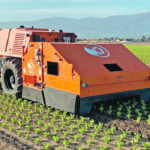
More farm robots on the horizon
Small companies and startups are having the biggest initial impact as work on autonomous platforms continues
The march of the robots into agricultural fields continues. Major OEMs are well into the development of autonomous platforms, but the relatively small companies and startups are having the biggest initial impact. The electric utility tractor by Monarch will be available to Canadian farmers this year and it has interesting autonomous capability that may turn […] Read more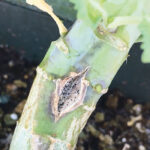
Study breaks down blackleg resistance in canola
Research helps producers select cultivars and provides plant breeders tools to ensure that blackleg major gene resistance lasts
The canola industry introduced a labelling scheme for major blackleg-resistant gene groups used in canola varieties back in 2017, but until recently there was no data from Canadian fields on how effective this approach is. Justine Cornelsen is an agronomy specialist at the Canola Council of Canada, as well as a grad student at the […] Read more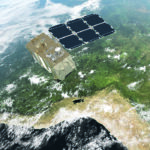
Ears go deaf when clouds blind eyes in the sky
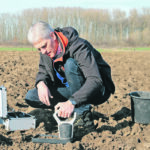
Putting it all on the bench and in the field
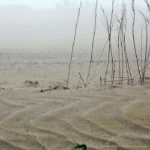
Canadian farm soils still on the move
Soil specialist says the nation’s farmland and tillage erosion remains a problem; farmer fatigue might have set in
Soil erosion continues to cost agriculture and the economy substantially and more needs to be done to protect moderately to severely eroded soils. This was the take home message of David Lobb’s video presentation during the University of Saskatchewan’s annual Soils and Crops Workshop that was held virtually this year. “Conservation tillage, no-till and zero-till […] Read more




